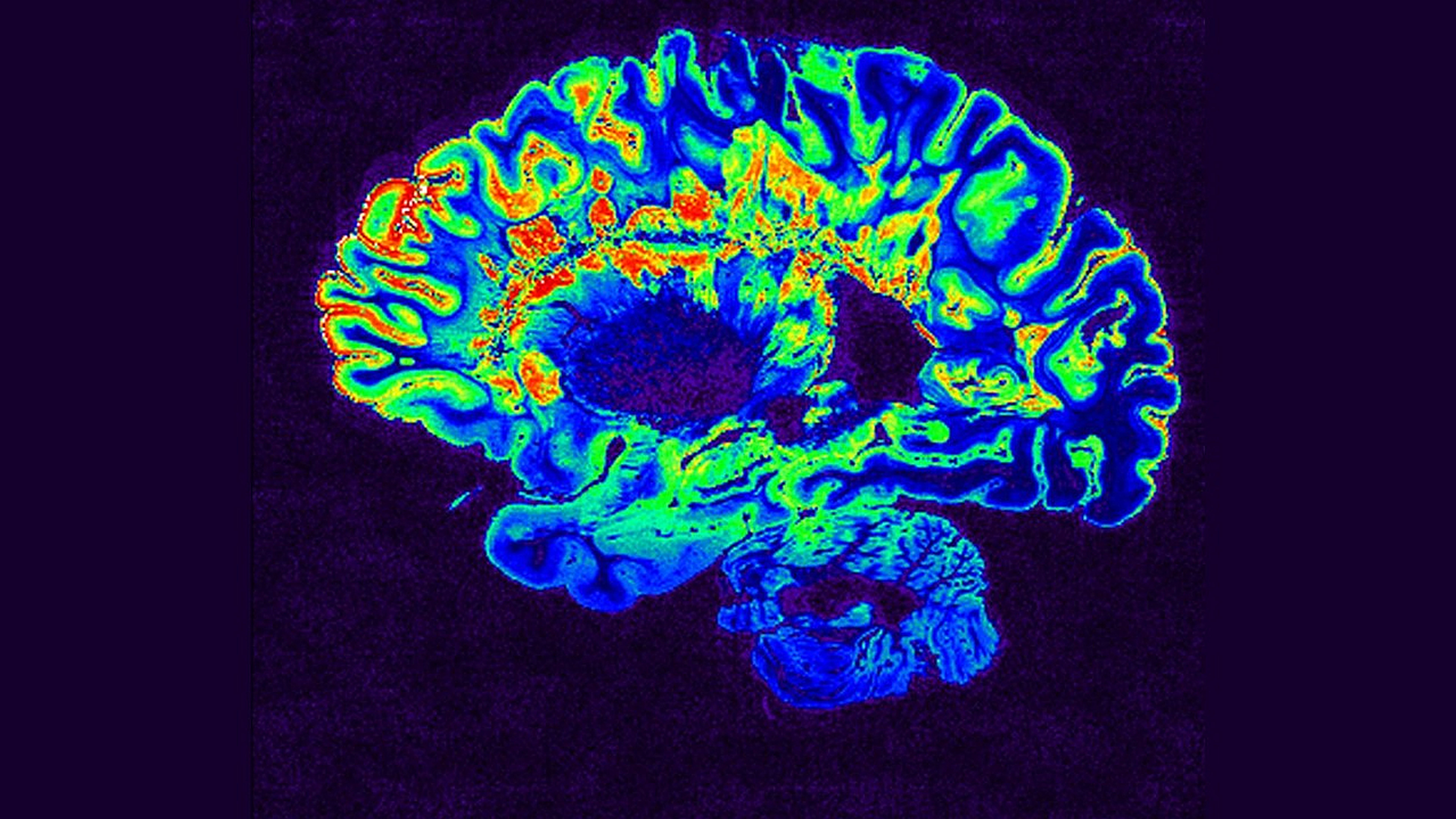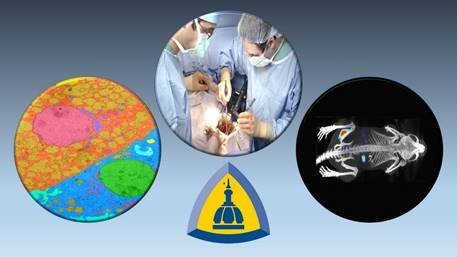Researchers report in the journal Cell that ancient viruses may be to thank for myelin—and, by extension, our large, complex brains.
Tag: Myelin
Using Ion Beams to Improve Brain Microscopy
Improving the way scientists can see the microscopic structures of the brain can improve our understanding of a host of brain diseases, like Alzheimer’s or multiple sclerosis. Studying these diseases is challenging and has been limited by accuracy of available models.To see the smallest parts of cells, scientists often use a technique called electron microscopy.

‘Tipping The Balance’ Of Immune Cells from Bad to Good Reverses Multiple Sclerosis Symptoms in Mice
According to the federal government’s National Institute of Neurological Disorders and Stroke, nearly 3 million people worldwide — with almost a third in the United States — are living with multiple sclerosis (MS), a disabling neurological disease in which the body’s immune system mistakenly attacks nerves feeding information to the central nervous system (the brain and spinal cord). Although rarely fatal, MS can lead to long-term disabilities, and impair movement, muscle control, vision and cognition.
Mount Sinai Researchers Use Artificial Intelligence to Uncover the Cellular Origins of Alzheimer’s Disease and Other Cognitive Disorders
Deep learning models represent “an entirely new paradigm for studying dementia”
Researchers link neurodegenerative disease protein to defective cholesterol metabolism
Researchers in Singapore have discovered that brain cells cannot maintain the cholesterol-rich myelin sheath that protects and insulates neurons in the absence of a protein called TDP-43. The study, which will be published August 4 in the Journal of Cell Biology (JCB), suggests that restoring cholesterol levels could be a new therapeutic approach for diseases associated with TDP-43, such as amyotrophic lateral sclerosis and frontotemporal dementia.

Research News Tip Sheet: Story Ideas From Johns Hopkins Medicine
During the COVID-19 pandemic, Johns Hopkins Medicine Media Relations is focused on disseminating current, accurate and useful information to the public via the media. As part of that effort, we are distributing our “COVID-19 Tip Sheet: Story Ideas from Johns Hopkins” every other Tuesday.

Case Western Reserve University-led team develops new approach to treat certain neurological diseases
A team led by Case Western Reserve University medical researchers has developed a potential treatment method for Pelizaeus-Merzbacher disease (PMD), a fatal neurological disorder that produces severe movement, motor and cognitive dysfunction in children. It results from genetic mutations that prevent the body from properly making myelin, the protective insulation around nerve cells.